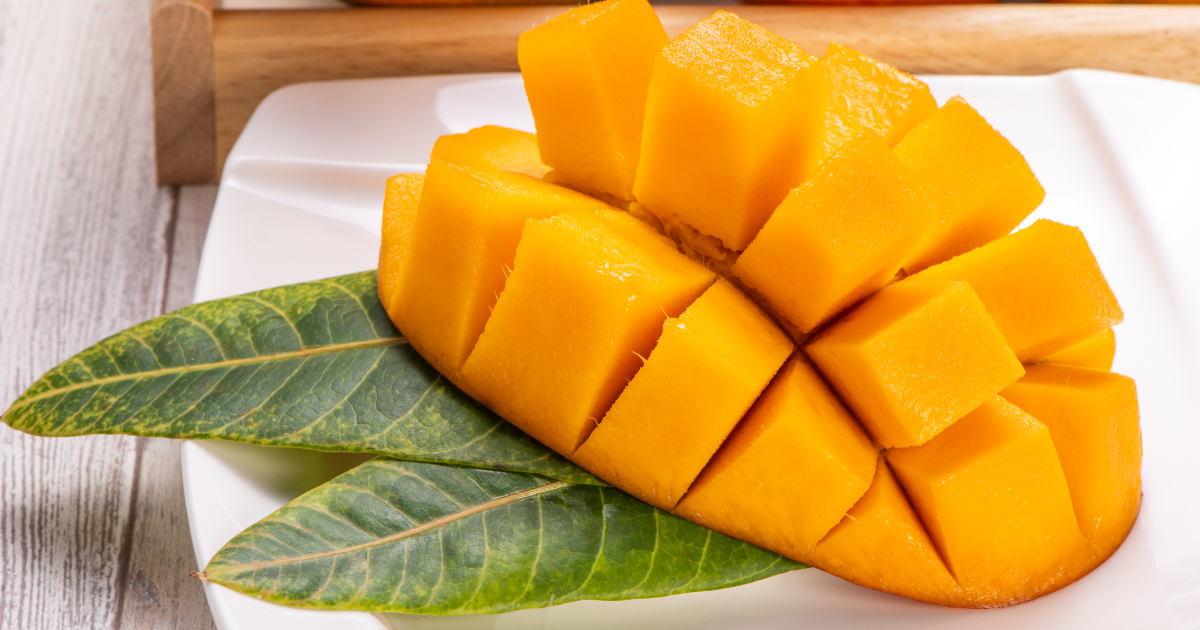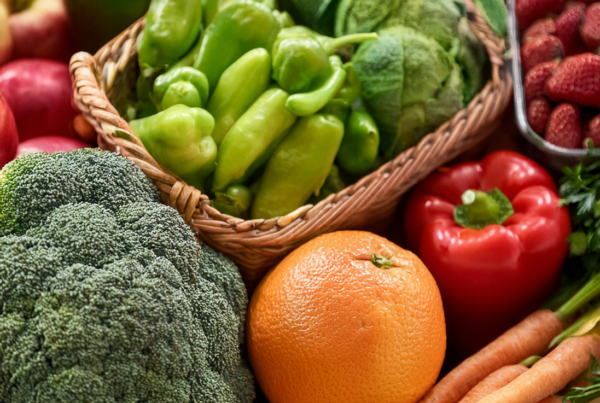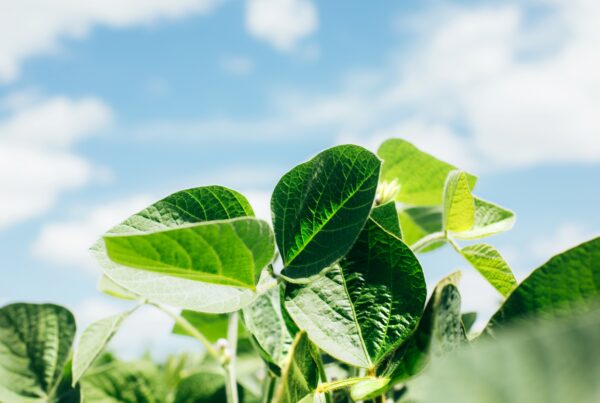
The mango is undoubtedly considered the king of tropical fruits. Known for its intense and sweet flavour, and colours that make it really attractive, it is a fruit capable of delighting everyone.
It is also a source of vitamin A and one of the most versatile fruits currently available, whether as a dessert, cold cream or even to accompany meat or fish recipes.
When we talk about mangoes, we find several varieties, often depending on the place of cultivation. Although they all have in common their sweet and intense flavour, depending on the climate where they are grown we can find them with different shades, either with a more yellowish pulp in case they are grown in a warm area or with a pinkish pulp in colder climates.
It should be noted that, despite its tropical origin, Spain is one of the largest producers of mangoes, especially the "Osteen" variety.
What is the origin of the mango?
It is estimated that the origin of the mango dates back more than 4,000 years, since when it has been cultivated continuously.
Considered a tropical fruit, its origin is believed to be in Asia, from where it was introduced by Portuguese expeditions to tropical America in the 17th century.
Nowadays, once the best growing conditions are known in terms of the necessary temperature, it is true that it can be found in different parts of the world, Spain being one of the main producers of the "Osteen" variety.
Why is mango one of the healthiest fruits?
Mangoes in all their varieties are considered to be one of the fruits with the best properties for our organism. Do you want to know why?
- They have enzymes that make it possible to break down food, which substantially improves digestion. They also have a high fibre content which helps to avoid constipation.
- It is a fruit rich in antioxidants, so it contributes to the good functioning of our organism and the good condition of our skin.
- Its high concentration of vitamin C and fibre makes it a fruit with the capacity to prevent or reduce the risk of suffering heart and circulatory system problems by reducing the so-called "bad cholesterol".
- It is an ideal supplement for people with bone problems, e.g. osteoporosis, due to its vitamin K content. This vitamin helps our body to assimilate calcium, contributing to our bone health.
Osteen" variety, mango with national designation of origin
Among the different varieties of mango that can be found, the "Osteen" variety occupies a prominent place in terms of production in Spain, especially in the area of Andalusia and the Canary Islands.
It originated in the mid-1930s in the southern United States and is named after the first producers of this variety. In spite of this, as we have mentioned, Spain is currently the world leader in its production.
The "Osteen" mango, which is usually harvested between September and November, has a light, firm and very sweet flesh. It also has an intense and pleasant aroma.
This fruit is usually found in supermarkets with a weight of around 500 grams per piece, although the plant can produce fruit weighing more than a kilo.
Like the other varieties, the "Osteen" mango is an excellent source of vitamin A. It includes several polyphenolic antioxidant compounds, as well as a high content of dietary fibre. But that's not all, because it also stands out for its high concentration of potassium and vitamins B6, C and E.
In our supermarkets it is common to find this variety of mangoes in both natural and dried formats, either to be eaten as a snack or to be included in recipes.
We hope that this article has helped you to learn more about this delicious fruit and especially about the "Osteen" variety.






